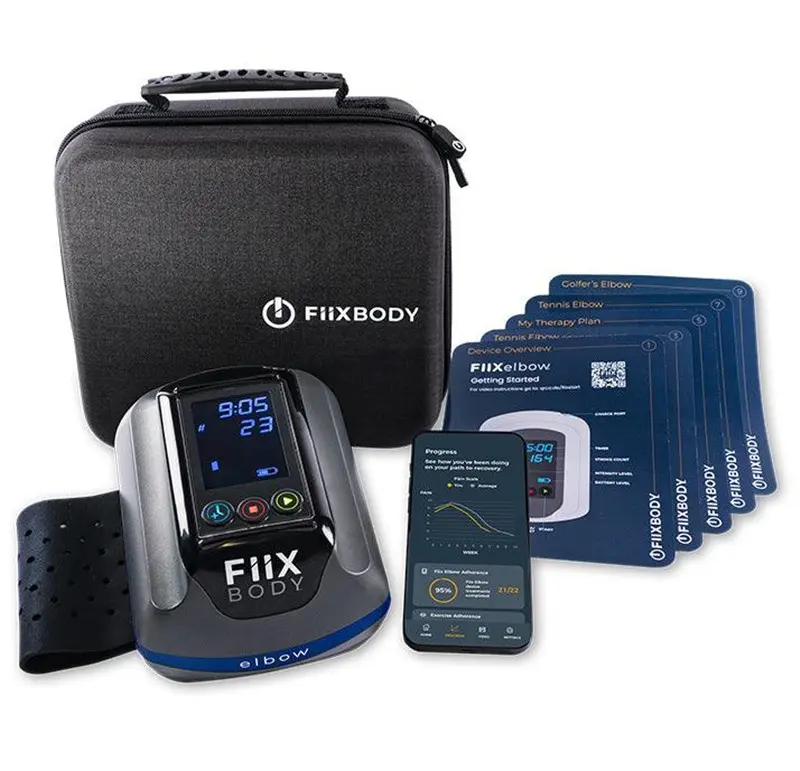Many families in Europe, America, Japan and other countries will be equipped with a first aid kit so that they can save their lives in critical moments of life and death. Nitroglycerin tablets (or spray) and Suxiao Jiuxin Pills are first-aid drugs. The home medicine box should be equipped with 6 types of medicines, including surgical medicines for treating skin trauma, cold medicines, and digestive medicines. In addition, emergency medicines should be regularly checked and replaced every 3 to 6 months, and special attention should be paid to the validity period of the medicines.
In some emergencies, such as cardiac arrest, most of the rescue time is actually pre-hospital first aid, and winning rescue time can reduce the disability rate. Self-testing, self-management and self-care are effective supplementary treatments to professional rescue. Home emergency medicines and tools are not only used to deal with large-scale disasters such as earthquakes, but also come in handy in daily life, such as when you encounter a cut hand, a sprained foot, or a sudden attack of cardiovascular and cerebrovascular diseases in the elderly. Some emergency medicine and tools are needed. So, let’s take a look at the commonly used medicines in medical kits.
1. Cardiovascular and cerebrovascular emergency medicine
Including nitroglycerin, Suxiao Jiuxin Pills, Shexiang Baoxin Pills, Compound Danxin Dropping Pills, etc. In an emergency, you can take a tablet of nitroglycerin under the tongue. Currently, there is a new spray of nitroglycerin, which is more convenient. Take 4 to 6 pills of Suxiao Jiuxin Pills under the tongue.
2. Surgical drugs
It includes small scissors, hemostatic patches, sterile gauze, and bandages. Hemostatic patches are used to stop bleeding in small wounds. Large wounds should be wrapped with gauze and bandages. In addition, Aneriodine, Baiduoban, scald ointment, Yunnan Baiyao spray, etc. are used to treat trauma. However, please note that if the wound does not stop bleeding or becomes infected, seek medical attention promptly. Small and deep wounds and animal bites should be treated promptly in the hospital to prevent tetanus or other special infections.
3. Cold medicine
The home medicine box should be equipped with 1 to 2 kinds of cold medicines, such as cold antipyretic granules, quick-acting cold capsules, Baijiahei, Baifu Ning, etc. You should read the instructions carefully before taking it, especially do not take multiple cold medicines together to avoid drug superposition effects. In addition, it is not recommended to have antibiotics in the home medicine cabinet. Antibiotics are prescription drugs and have certain side effects and should be used under the guidance of a doctor.
4. Digestive system drugsIncluding Imodium, Zhixiening, Smecta, Diaozhenglu Pills, Huoxiang Zhengqi Pills, etc., these drugs can treat non-infectious diarrhea. Once infectious diarrhea is suspected, it is recommended to seek medical treatment. Frequent vomiting, especially hematemesis and blood in the stool, should be sent to the hospital immediately.
5. Anti-allergy medicine
In cases of allergies, red skin, rashes after eating seafood, or being touched by caterpillars, antihistamines such as Claritan, Astamine, and Chlorpheniramine can be used. However, chlorpheniramine has strong side effects such as drowsiness.
6. Analgesics
Such as aspirin, Pilitone, Tylenol, Fenbid, etc., can relieve symptoms such as headaches, joint pain, low back pain, and muscle pain.
7. Antihypertensive drugs
Such as Norvox, Kaibotong, Monol, Bisoprolol, Cozaia, etc., but the above are prescription drugs and should be used under the guidance of a doctor. What needs to be reminded is that patients with high blood pressure should do a good job in self-management of chronic diseases, remember to take medicine at home, and don’t forget to take medicine when going on a business trip or outing.
The medicines in the home first aid kit should be checked and replaced regularly, preferably every 3 to 6 months, and equipped with a first aid manual. In addition, symptoms are only one basis for disease diagnosis. One symptom may be the manifestation of multiple diseases. Casual use of medication may mask symptoms, or even misdiagnosis or missed diagnosis. Medication should be used only after a clear diagnosis.
Post time: Jun-05-2024





